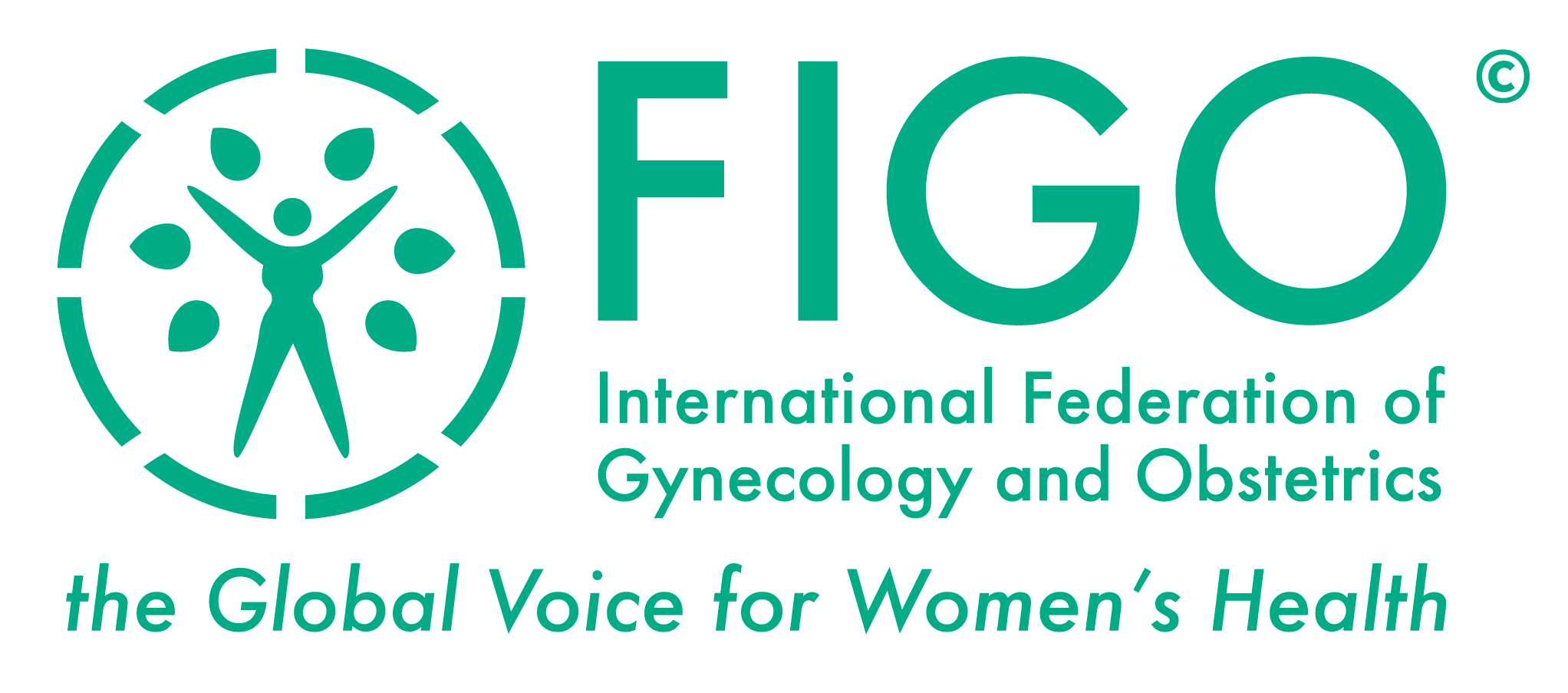
2. Follow up treatment outcomes and reassess prognosis: Determine appropriate follow-up intervals according to age, duration of infertility, patient clinical factors, patient socioeconomic / cultural factors and available infertility services.
Using an infertility score based on 6 parameters (age of female, duration of infertility, primary or secondary female infertility, percentage of motile sperm and referral status), the chances of subfertile couples getting pregnant can be prognosticated (Hunault, 2004).
When the prognosis is poor, then referral should be made quickly.
It is important not to waste time because the older the patient, the lower is the probability of success in fertility treatment.
Couples should be re-evaluated at reasonable intervals. At the appropriate time, a decision has to be made and a quick referral made.
If the prognosis is very poor and nothing more can be done, then consider closure counselling (see 6).
It is important to determine the relationship dynamics and social dynamics between the patient and her husband at regular intervals.
Clinicians should warn against treatments and cultural practices that may cause infertility or aggravate subfertility. It is their professional responsibility to guide patients away from these practices (ESHRE Task Force on Ethics and Law, 2009).
